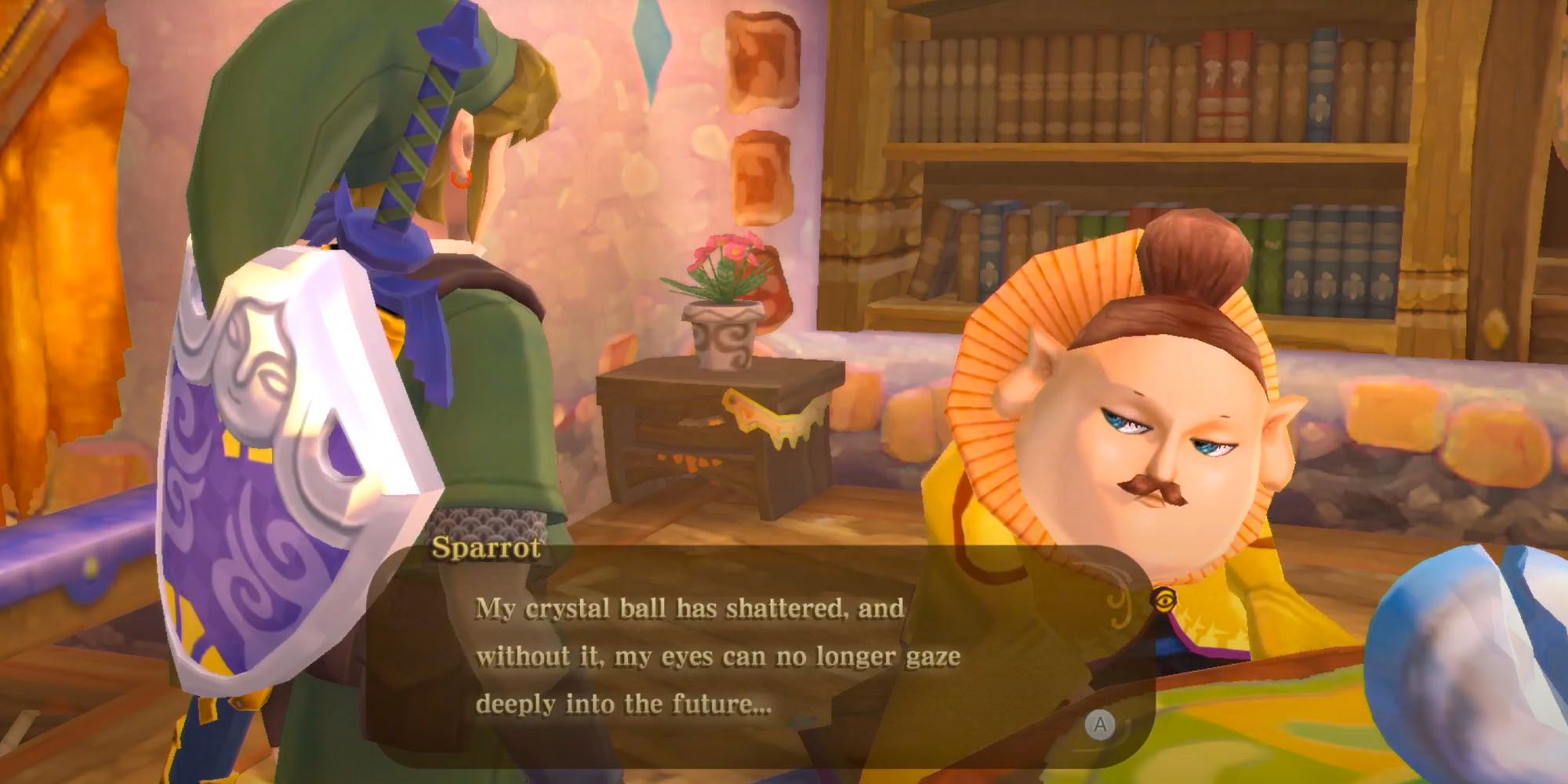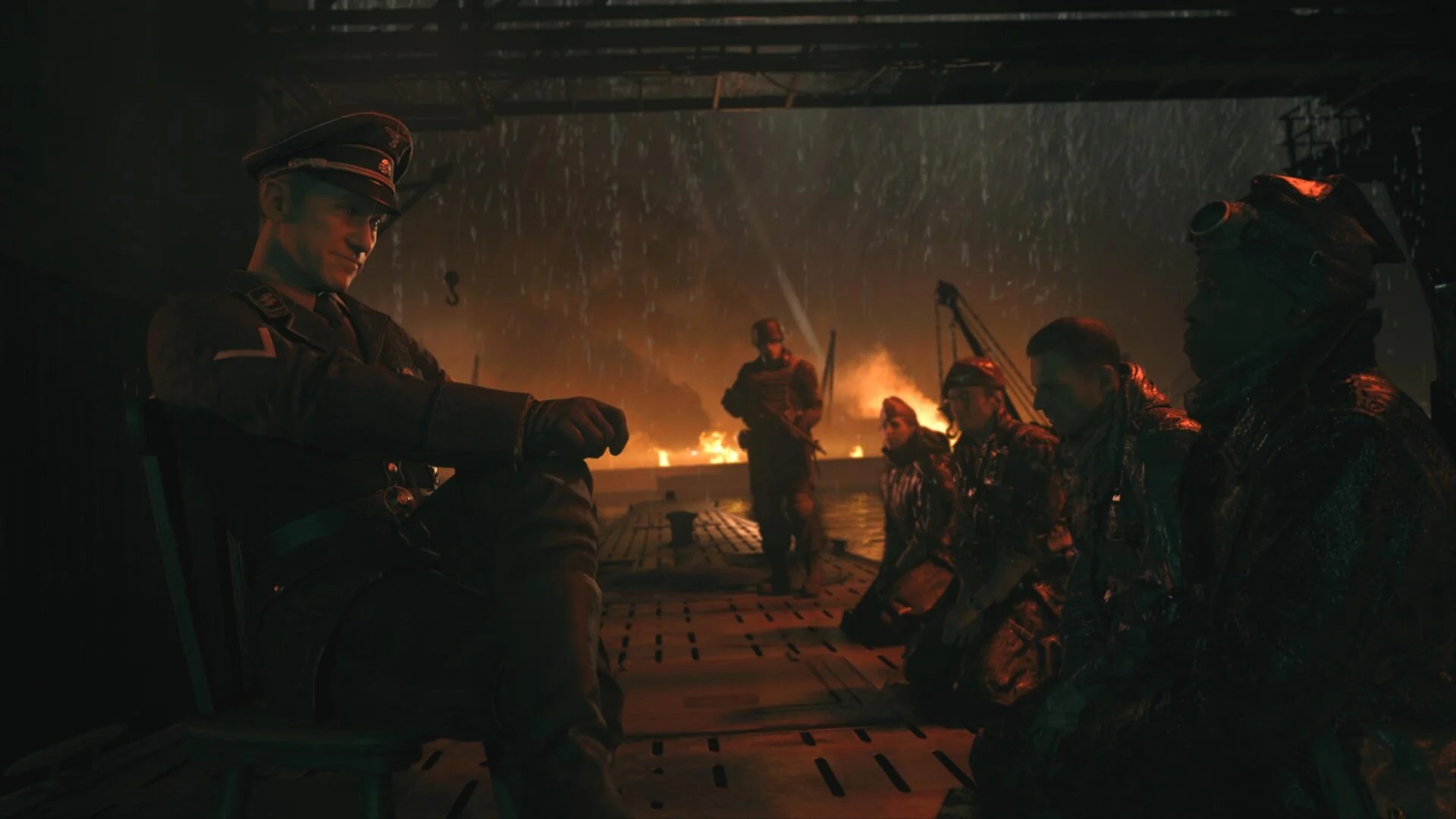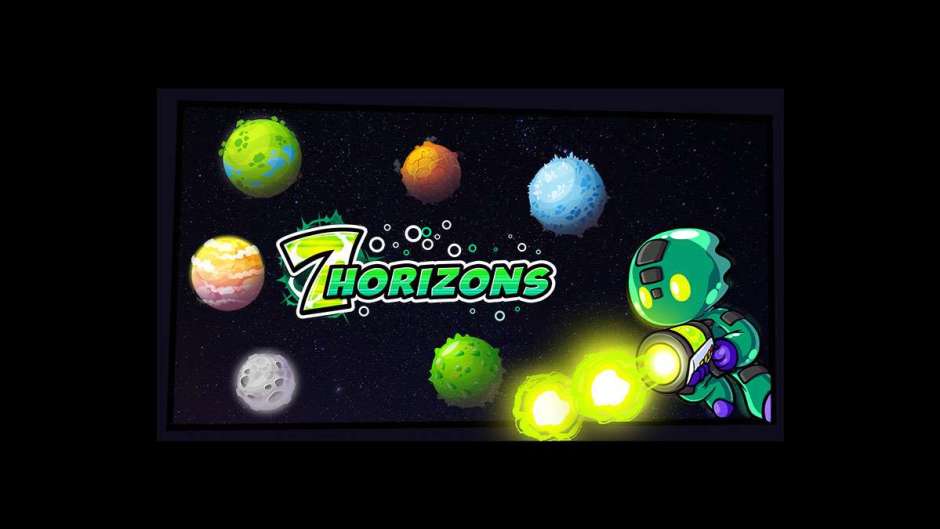
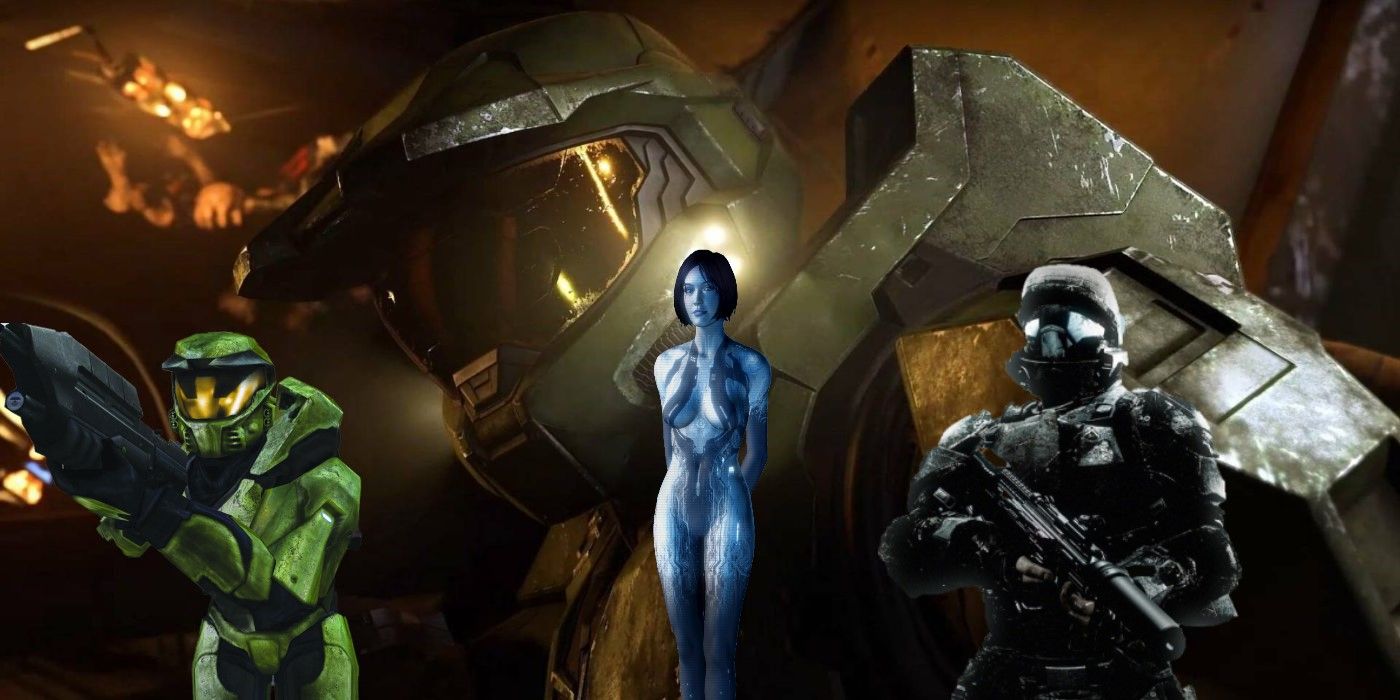
There are very few franchises that have successfully been running for over a decade, and Bungie's Halo—which has been in the hands of 343 Industries for several years now—is fast approaching its twentieth anniversary this November. There are currently twelve installments in the Halo franchise, and Halo Infinite is going to be the thirteenth, likely releasing this Holiday season or even on the saga's anniversary. Regardless, not all of the games are in chronological order, meaning they were released at different times, and the story takes place in various moments within the Halo timeline of events.
Some of these games don't even take place in a single moment in time, making it far more difficult to make the timeline clear, with the perfect example of this being Halo: Spartan Strike, which is set during Halo 2 in the first part and after Halo 4 in the second. Having a good grasp of the chronological order of these games makes it much easier to replay them accordingly before Halo Infinite drops, thus being ready to experience the story at its fullest.
RELATED: Destiny 2 is Unlikely to get Halo Content, But It Would be Cool
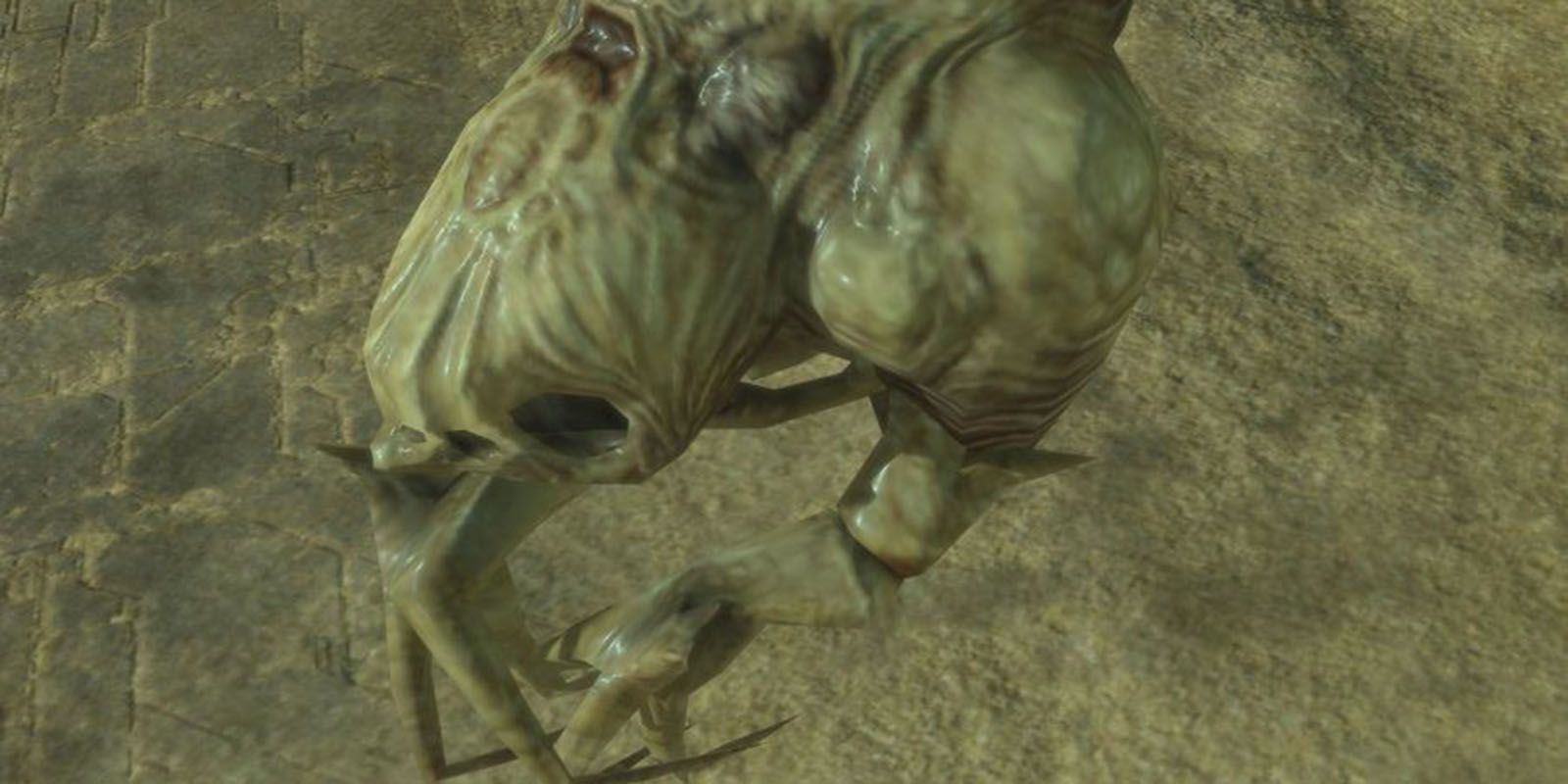
Halo Wars is a different take on Halo games because it belongs to the real-time strategy genre. The game was released in 2009, and it is set in the year 2531, 21 years prior to the events of Halo: Combat Evolved, thus making it the very first game in chronological order for this franchise.

Halo: Reach was released in 2010 and is the fifth installment in the series, but it's set right before the events of the very first Halo game, making it a prequel. The game included several improvements to its predecessors in terms of gameplay, and its storyline was much darker because it was always meant to be a take on a losing fight. Its epilogue happens merely moments before the narrative of Halo: Combat Evolved begins.
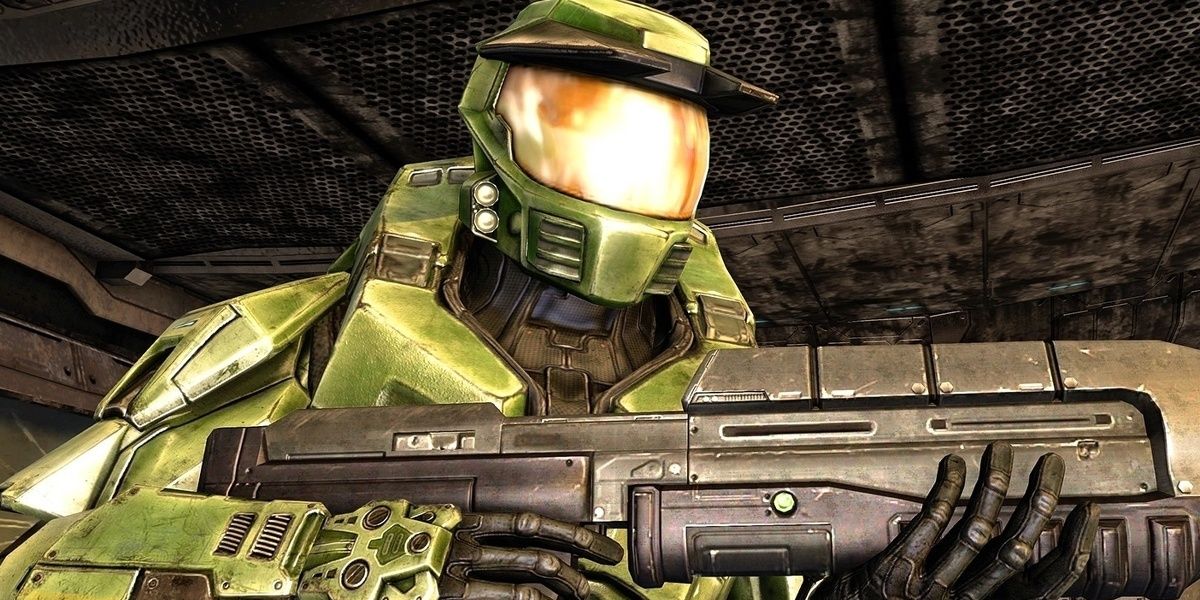
Halo: Combat Evolved did exactly what it said on the tin when it first launched, as it offered a unique experience for its time, thus starting the whole saga with its success. It is set in 2552, and it introduced the Halo ringworld and the parasitic Flood, which is meant to be contained and studied within the Halo Arrays.

Halo: Fireteam Raven is yet another different genre from the Halo series, as it is an arcade shooting game. It was released in 2018 and its iconic armor sets ended up being part of Season 6 for the Halo: Master Chief Collection. Halo: Fireteam Raven is set in 2552, during the events of Halo: Combat Evolved.
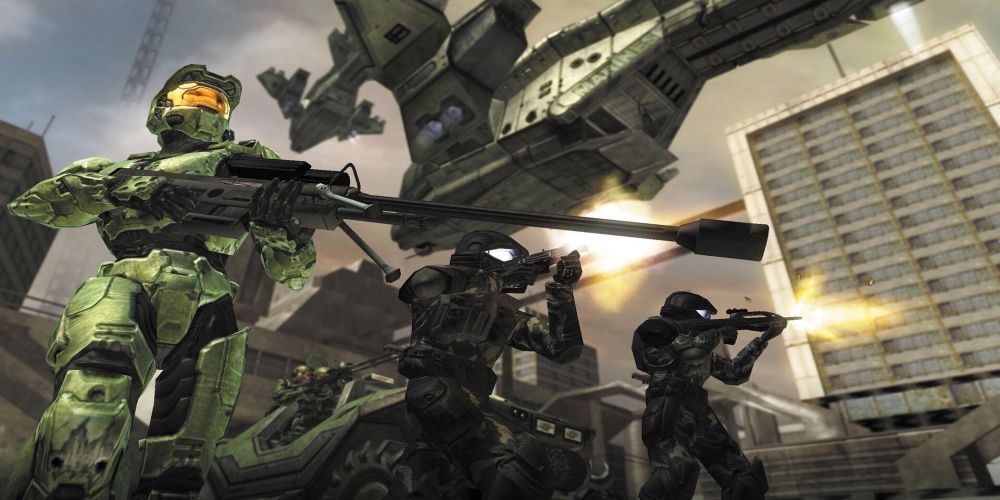
Initially, Halo wasn't meant to become a trilogy, but Bungie eventually released a second game after the huge success of the first. Halo 2 is set in the same year as the first, and it reprises the story of Halo: Combat Evolved. It was another success for Bungie, selling over 8 million copies, and it got further multiplayer support after its release.
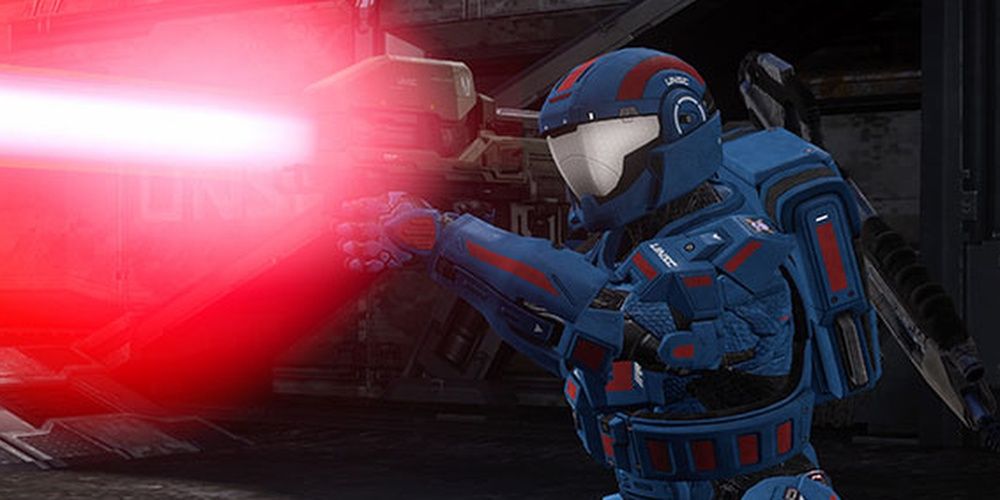
Halo 3: ODST was meant to be a smaller project, and it was the fourth installment in the series, but chronologically it is set during the events of Halo 2 and soon after that. The game follows the story of the ODSTs, who are more basic soldiers, unlike Master Chief. Considering the game is played from the perspective of the ODSTs, it focuses more on the aftermath of the events of Halo 2 rather than what happens next.
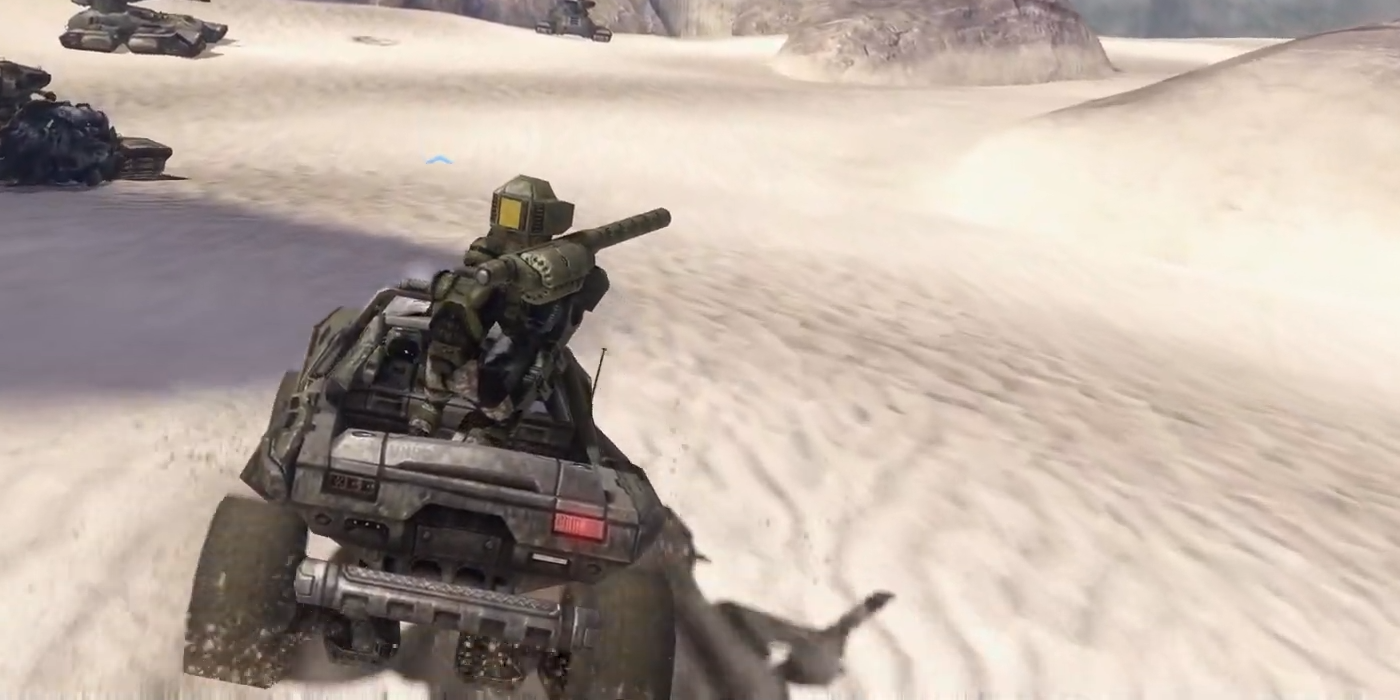
Just like its predecessors, Halo 3 concludes the original trilogy as planned by Bungie, and it is set once again in 2552, after the events of Halo 2. The game was designed to up the stakes, and lots of characters ended up dying, making the story much more dramatic than the other titles in the series.
RELATED: Ninja Reveals What He Wants Most Out of Halo Infinite
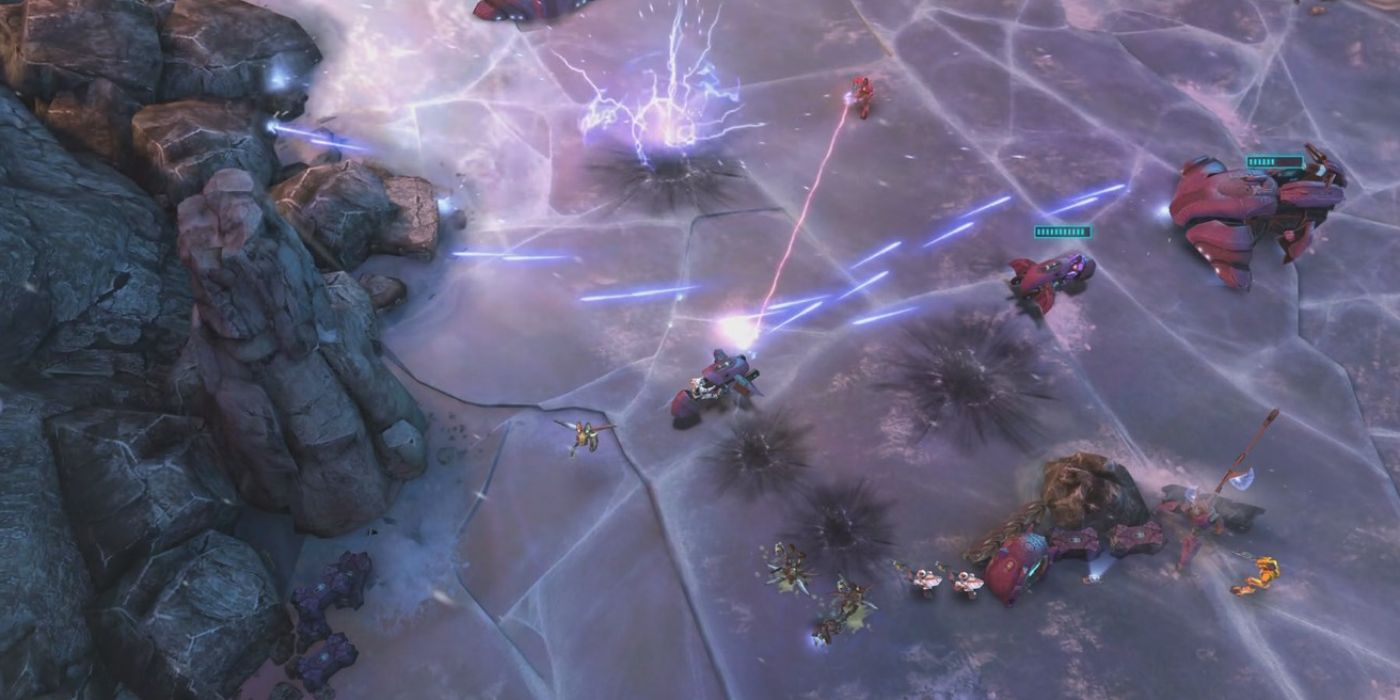
Developed by 343 Industries, Halo: Spartan Assault is a twin-stick shooter game, and it is set between the events of Halo 3 and Halo 4. Players get to control Sarah Palmer, a major character of the Reclaimer saga that appears in Halo 4 and Halo 5: Guardians. The game was also released on mobile, and despite its mixed reviews on launch, it still got a sequel.
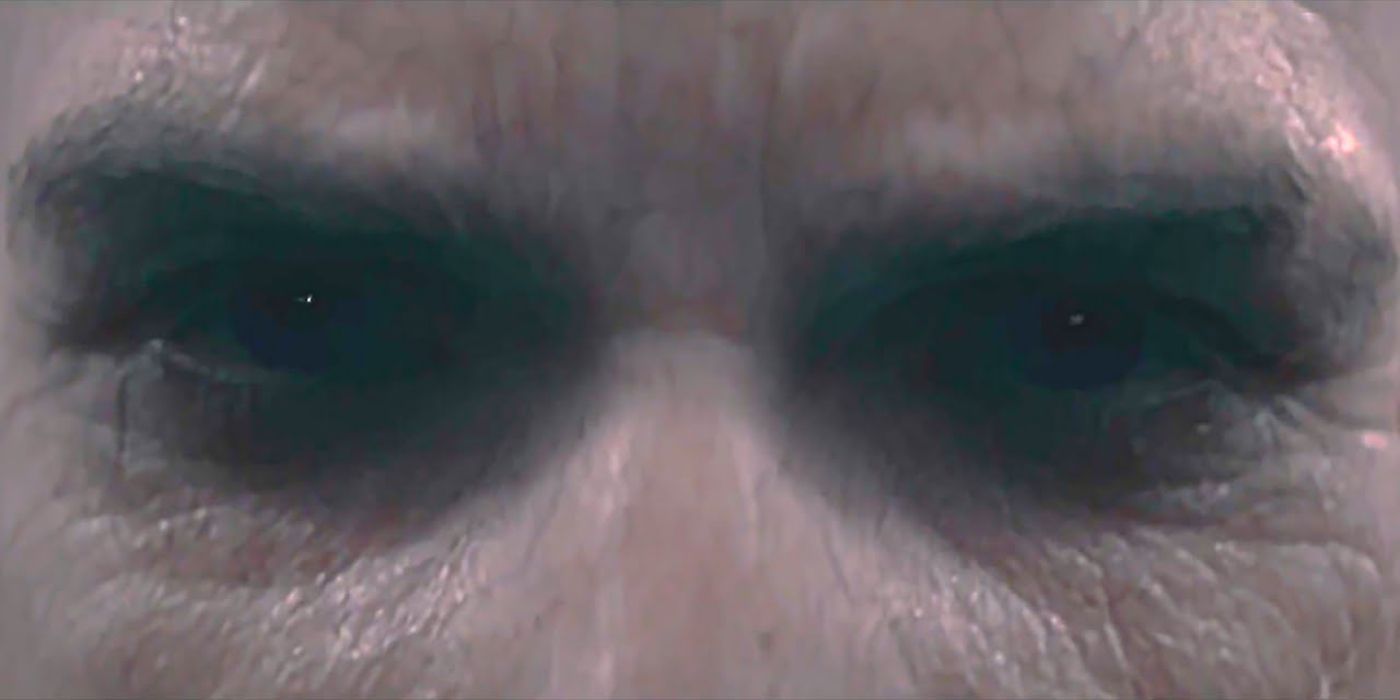
Released in 2012 as 343 Industries' first original Halo game, Halo 4 is set in 2557 and it explores the relationship between Master Chief and Cortana. The game also makes an effort to delve deeper into the lore behind the Forerunners, one of the factions within the Halo universe, with a focus on the Librarian.
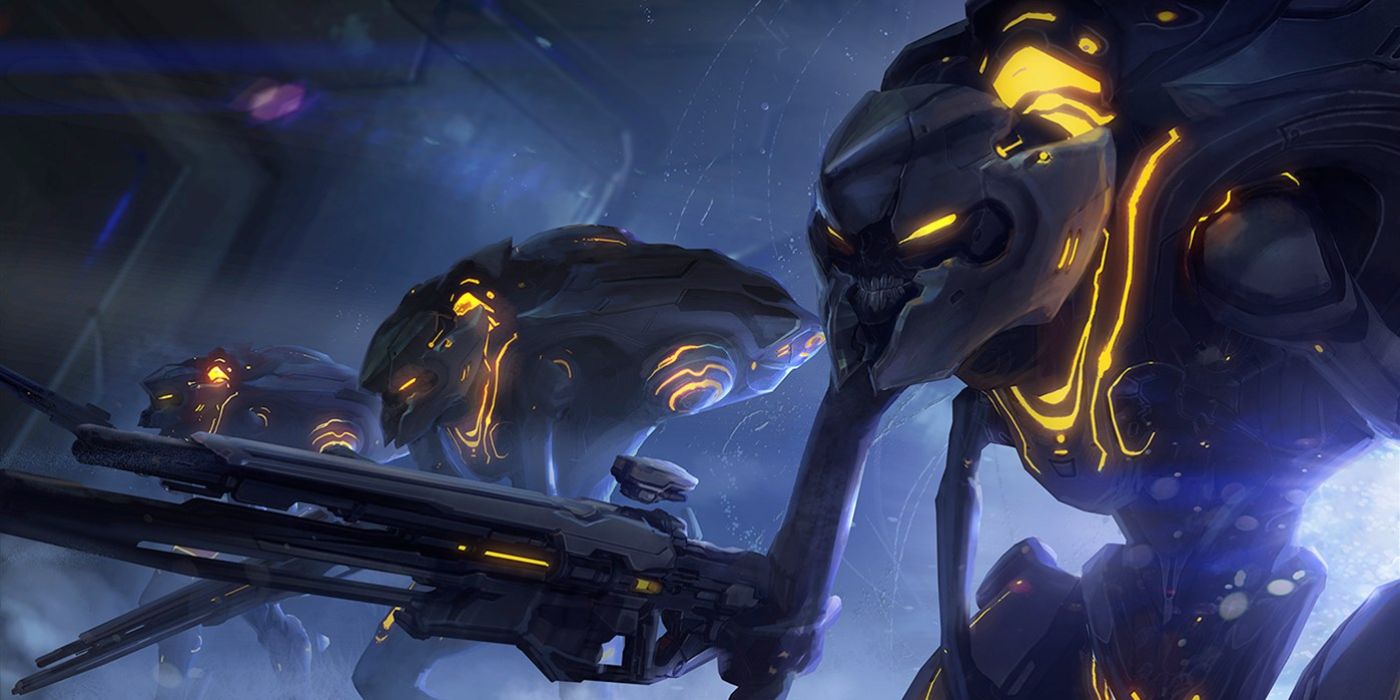
As mentioned above, Halo: Spartan Strike is technically set in two different time periods. If trying to replay the full saga, it would be beneficial to play the first part of Halo: Spartan Strike after Halo 2 and come back to part two after finishing Halo 4. The second part of the game is set in 2557 and 2558.
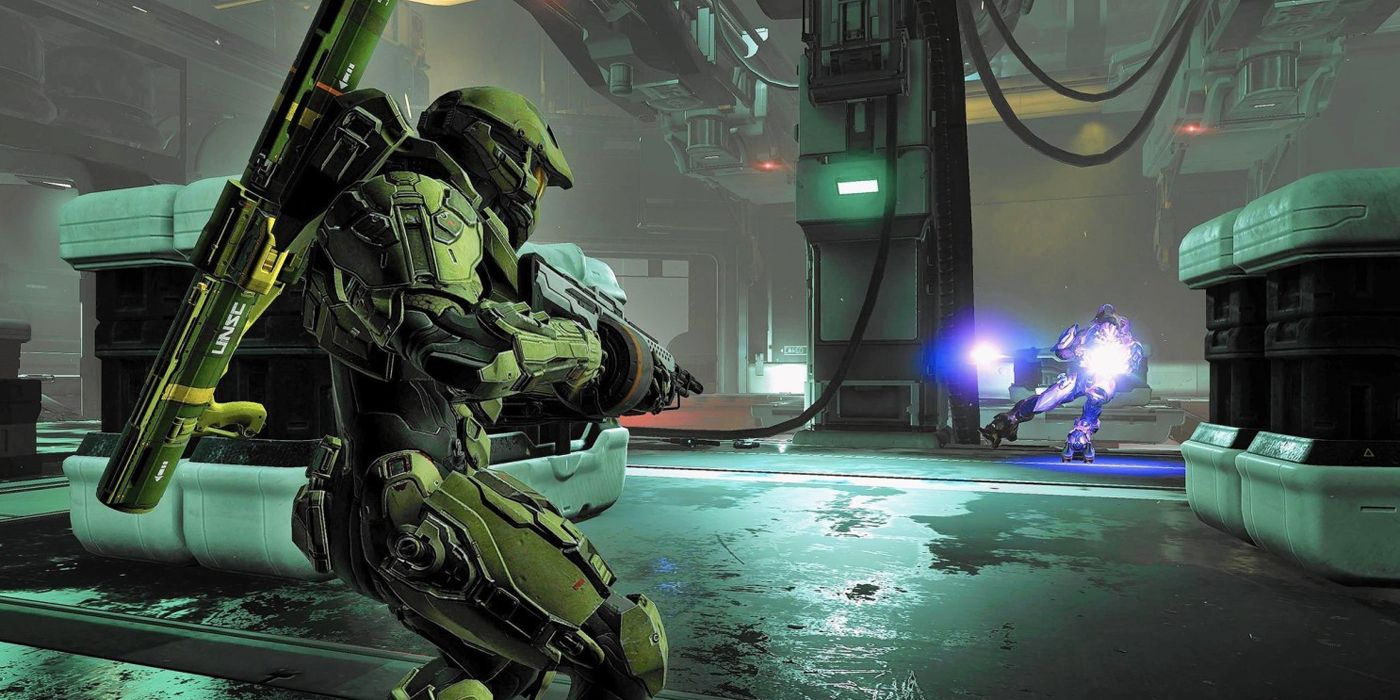
Halo 5: Guardians is set in 2558, eight months after the events of Halo 4, and it also features two protagonists: Spartan Locke and Master Chief. The former is trying to hunt down the latter, who went rogue to find Cortana, who is finally revealed to be an antagonist in the game and sets the events up for Halo Infinite.
A sequel to Halo Wars, Halo Wars 2 is set in 2559, after 28 years since the events of the previous game and shortly after what happens in Halo 5: Guardians. The game follows the crew of the Spirit of Fire from the first Halo Wars, and the story revolves around a Forerunner installation called the Ark, capable of creating more Halo rings.
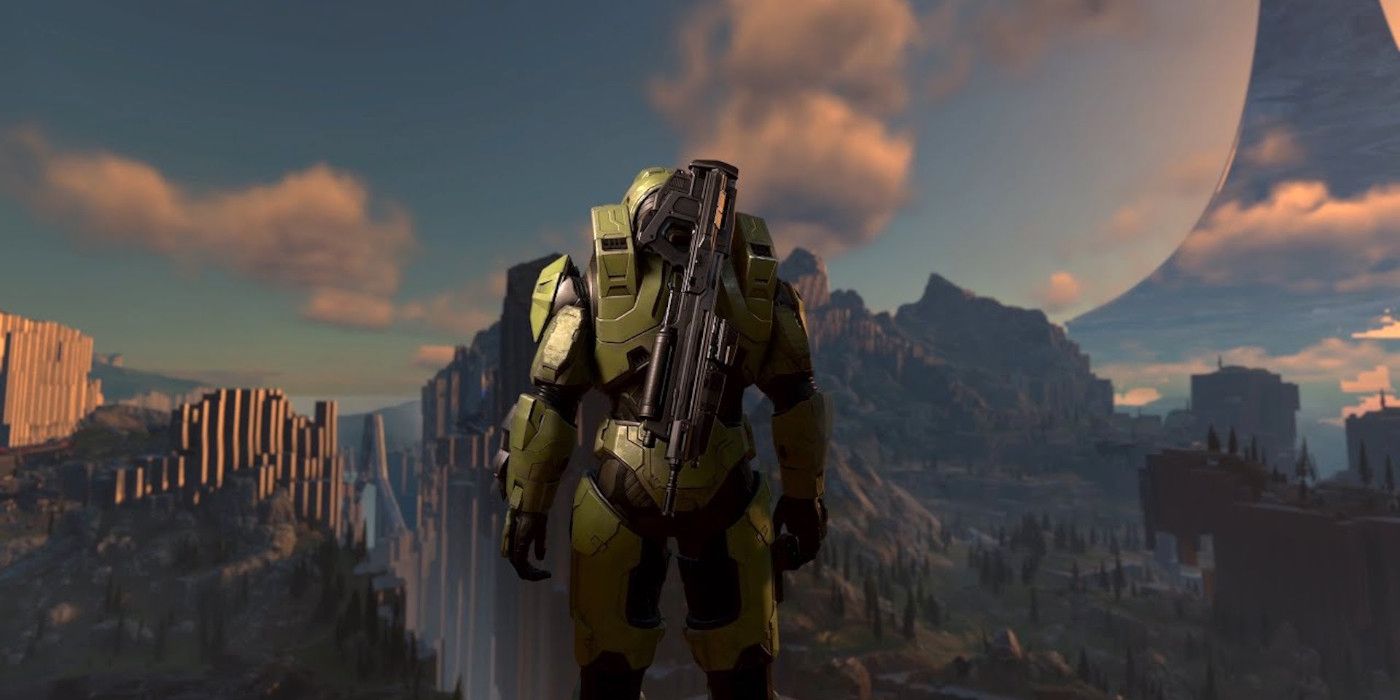
Lastly, Halo Infinite is going to be set in 2560, and it will take place after both Halo Wars 2 and Halo 5. Master Chief will fight alongside a new AI, likely setting up a confrontation with Cortana after what happened in Halo 5. Unfortunately, Halo Infinite spoilers are currently all over the internet due to 343 Industries accidentally sharing campaign files during their technical preview build.
Halo Infinite is set to launch in the Holiday season of 2021 on PC, Xbox One, and Xbox Series X/S.
MORE: Destiny 2's Melee Supers Need More Help Than Bungie Plans For Season 15
